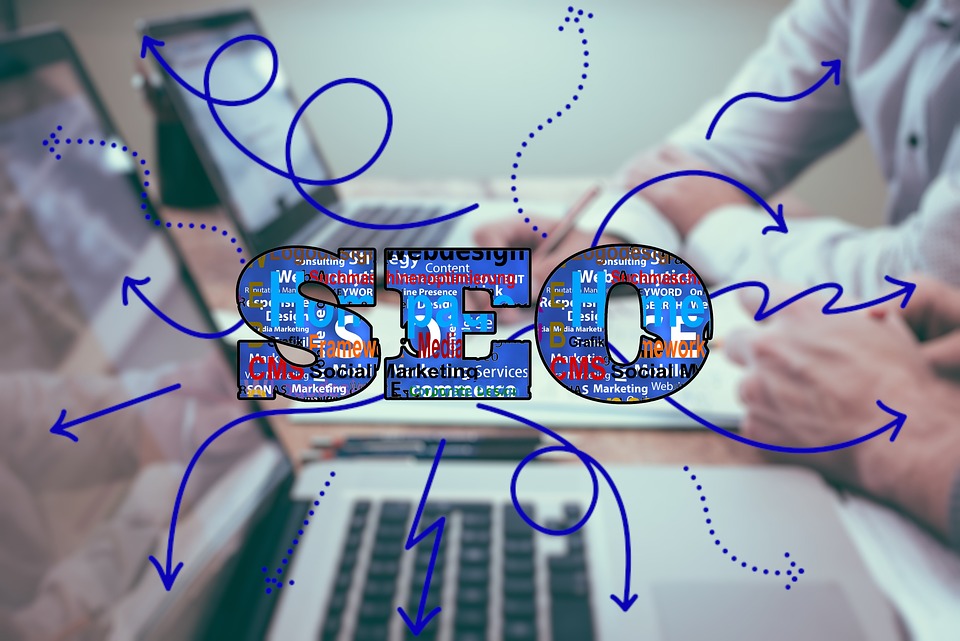Mastering On-Page SEO: A Step-by-Step Guide to Boosting Your Search Rankings
On-page SEO is the process of optimizing individual web pages to rank higher and earn more relevant traffic in search engines. While it may seem daunting, mastering on-page SEO can significantly improve your website’s visibility, drive more traffic, and boost conversions. In this article, we’ll provide a step-by-step guide on how to optimize your on-page SEO and boost your search rankings.
Understanding On-Page SEO
On-page SEO refers to the optimization of individual web pages to rank higher and earn more relevant traffic. It involves optimizing various elements on a page, such as content, meta tags, titles, descriptions, headings, and internal linking, to make it search engine friendly. On-page SEO is crucial because it helps search engines understand the content and relevance of a page, making it more likely to appear in search results.
Step 1: Conduct Keyword Research
The first step in mastering on-page SEO is to conduct thorough keyword research. Identify the most relevant and high-traffic keywords related to your business, product, or service. Use tools like Google Keyword Planner, Ahrefs, or SEMrush to find the best keywords.
Step 2: Optimize Page Titles and Meta Descriptions
A page title and meta description are crucial elements in on-page SEO. The title should be descriptive, unique, and include the target keyword. The meta description should be a concise summary of the page’s content, including the target keyword.
- Use a maximum of 60 characters for the title
- Use a maximum of 160 characters for the meta description
- Include the target keyword in both the title and meta description
Step 3: Write High-Quality, Keyword-Rich Content
High-quality content is the backbone of on-page SEO. Write informative, engaging, and optimized content that targets the target keyword. Aim for a minimum of 500 words per page.
- Use the target keyword naturally throughout the content
- Use variations of the target keyword to avoid repetition
- Use subheadings, bullet points, and short paragraphs to make the content scannable
Step 4: Optimize Headings and Subheadings
Headings and subheadings are crucial in organizing content and providing structure to a page. Use headings to break up the content and highlight important information.
- Use H1, H2, H3, and H4 headings to create a hierarchy
- Use the target keyword in headings and subheadings
- Avoid using too many headings and subheadings
Step 5: Optimize Images and Media
Optimizing images and media is essential in on-page SEO. Use descriptive file names and alt tags to describe the image.
- Use descriptive file names that include the target keyword
- Use alt tags that describe the image and include the target keyword
- Optimize images to reduce load times and improve user experience
Step 6: Internal Linking and Anchor Text
Internal linking is crucial in on-page SEO. It helps search engines understand the structure and hierarchy of your website.
- Use descriptive anchor text that includes the target keyword
- Link to relevant and related pages on your website
- Avoid using too many internal links and anchor text
Step 7: Mobile-Friendliness and Page Speed
Mobile-friendliness and page speed are critical in on-page SEO. Ensure that your website is mobile-friendly and loads quickly.
- Use responsive design to adapt to different devices and screen sizes
- Optimize images and media to reduce load times
- Use caching and compression to improve page speed
Step 8: Regularly Update and Refine Content
Regularly updating and refining content is essential in on-page SEO. Refine your content to make it more informative, engaging, and optimized.
- Regularly update content to keep it fresh and relevant
- Refine content to make it more optimized and engaging
- Use analytics to track performance and refine content accordingly
Conclusion
Mastering on-page SEO requires a thorough understanding of the optimization process. By following these steps, you can optimize your on-page SEO and boost your search rankings. Remember to conduct keyword research, optimize page titles and meta descriptions, write high-quality content, optimize headings and subheadings, optimize images and media, use internal linking and anchor text, ensure mobile-friendliness and page speed, and regularly update and refine content. With persistence and patience, you can achieve higher search rankings and drive more traffic to your website.
#Mastering #OnPage #SEO #StepbyStep #Guide #Boosting #Search #Rankings





Muchas gracias. ?Como puedo iniciar sesion?